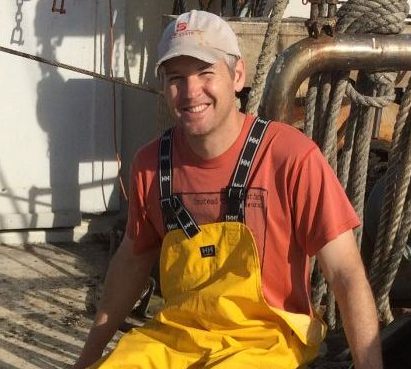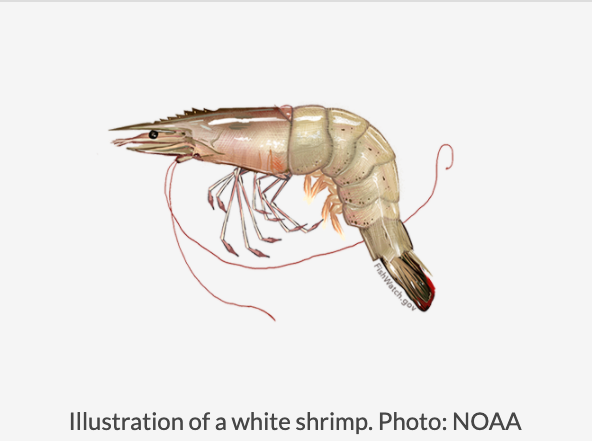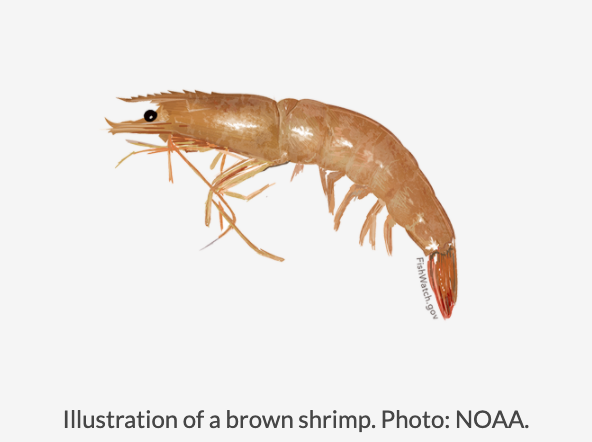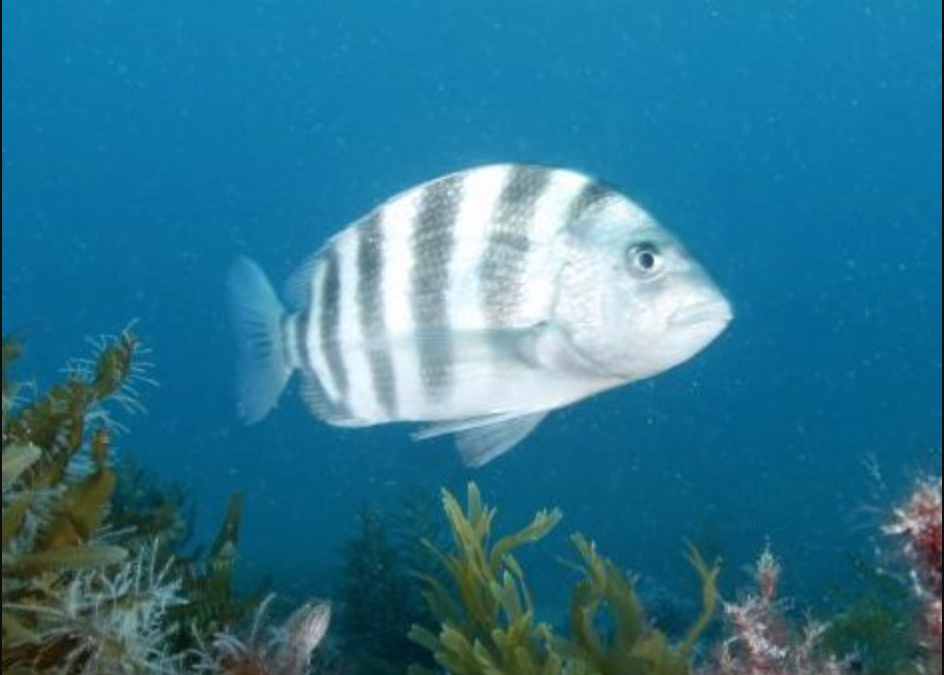Jim Morley, a new assistant scientist at CSI and assistant professor in the Department of Biology at ECU, is excitedly anticipating all the possibilities of the work to come here at the Coastal Studies Institute on the ECU Outer Banks Campus. While his work has been based in North Carolina for quite some time now, he will soon start two projects directly related to the Outer Banks.
The Pamlico Sound is part of the Albemarle-Pamlico Estuarine System, the second largest estuary in the country. With its sea grass beds and oyster reefs, the Pamlico serves as important nursery habitat for many species, including the sheepshead (Archosargus probatocephalus). In the fall of 2020, Morley will host a master’s student, and together they will study sheepshead hatch dates and possible spawning locations. They hope to catch the juvenile fish and extract otoliths to determine hatch dates. An otolith is a calcium carbonate stone or “bone” which forms within the ear of a fish. The hatch date of the fish can be determined by examining the growth rings on the otolith. The age data collected, along with the collection location, will help Morley to understand where juvenile sheepshead tend to aggregate and hopefully hone the possible area where sheepshead spawning occurs. The information they garner can be used by fisheries managers to better inform future management decisions. The sheepshead is a state- managed species, however little is currently known about them.


The Pamlico Sound isn’t only important for fish species. It is also a home for a variety shrimp, and Morley, along with Dr. Nadine Heck, have recently been awarded a year of funding from NC Sea Grant to study white shrimp (Litopenaeus setiferus), also known as “green tails”, and brown shrimp (Farfantepenaeus aztecus) populations using long term research data to see how climate effects the populations. The importance of this research is highlighted by the fact that most of North Carolina’s commercial white and brown shrimp catch originates in the Pamlico sound. Despite shrimp being of high economic value, there is also little known about their life history. Additionally, shrimp may be a good model species for how climate and impacts to nursery habitat affect them. Researchers believe the variability in these shrimp populations is most likely due to impacts from climate. These species only live a single year, which does not leave much time for other variables to have an impact on their life cycle. For these reasons, Morley predicts these shrimp species could be a good forecaster of affects to come for other species.
Morley is the only member of the Biology department based at CSI, but he views his new situation as an advantage to both himself and the ECU Outer Banks Campus. While in the past Morley has been mostly surrounded by ecologists and biologists, now his office neighbors are a more diverse group including economists, geologists and sociologists. He believes this will help him to “step outside the box” to find common ground and lead to collaborations like his with Heck. He elaborates, “I submitted this one proposal and got some criticisms that I should incorporate what the commercial fishermen think is going on with shrimp and climate. And I thought, ‘Well, my neighbor does that sort of work-interacting with fishermen and looking at perceptions of stakeholders of different things.’ So, I went next door and said, ‘Hey, do you want to join?’ and right off the bat there was an opportunity to collaborate.”

Not only is Morley hopeful for collaborative opportunities, he also thinks that the equipment he has and uses regularly could be of service to others at CSI. One aspect of his work uses a special piece of SONAR equipment. While it is an extremely fancy fish finder for him, he thinks others could use it to scan habitats, physical features, bottom profiles and that the data could be used to examine changes over time.
Morley cites the location as his favorite part of the job so far- the view of wetlands and marsh and the Roanoke Sound from his office, the beautiful campus, and the people that make up both CSI and the Outer Banks as a whole. He has a great appreciation for the area, and through his research, he hopes others on the Outer Banks will be aware and appreciative of the amazing natural resource and nursery that is the Pamlico Sound.



 Based at the Coastal Studies Institute (CSI), the North Carolina Renewable Ocean Energy Program (NCROEP) advances inter-disciplinary marine energy solutions across UNC System partner colleges of engineering at NC State University, UNC Charlotte, and NC A&T University. Click on the links below for more information.
Based at the Coastal Studies Institute (CSI), the North Carolina Renewable Ocean Energy Program (NCROEP) advances inter-disciplinary marine energy solutions across UNC System partner colleges of engineering at NC State University, UNC Charlotte, and NC A&T University. Click on the links below for more information. ECU's Integrated Coastal Programs (ECU ICP) is a leader in coastal and marine research, education, and engagement. ECU ICP includes the Coastal Studies Institute, ECU's Department of Coastal Studies, and ECU Diving and Water Safety.
ECU's Integrated Coastal Programs (ECU ICP) is a leader in coastal and marine research, education, and engagement. ECU ICP includes the Coastal Studies Institute, ECU's Department of Coastal Studies, and ECU Diving and Water Safety. The ECU Outer Banks campus is home to the Coastal Studies Institute.
The ECU Outer Banks campus is home to the Coastal Studies Institute.

